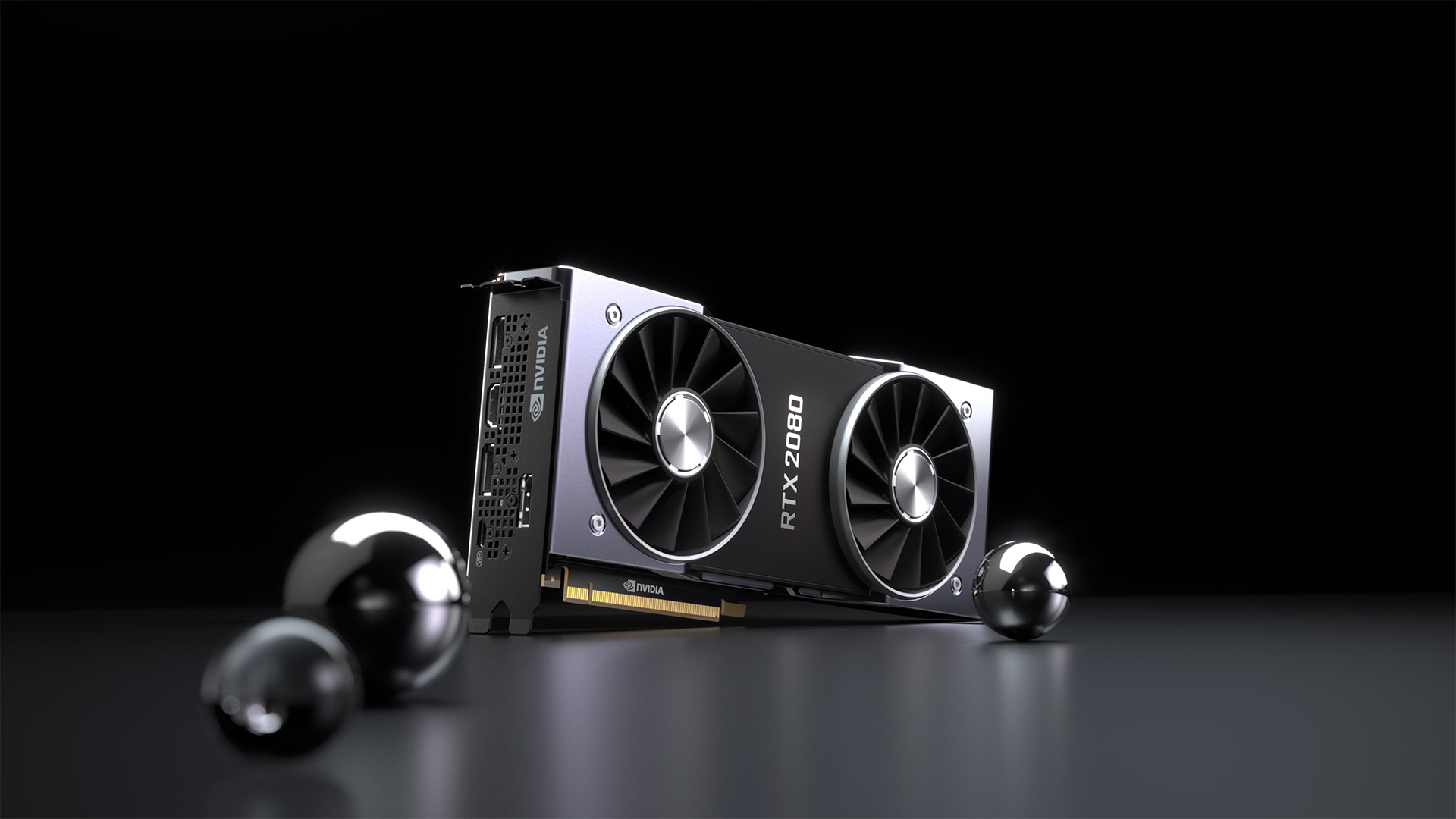Nvidia lowers fourth quarter predictions after poor Turing RTX GPU sales
Like Intel and Apple, Nvidia also blames China for the weaker forecast

Shares in Nvidia have dropped sharply following the company declaring that it expects to make far less in fiscal Q4 revenue than was previously estimated, with the blame for some of the shortfall being laid at the door of its new RTX (Turing) graphics cards.
Nvidia’s previous forecast for its fourth quarter revenue – the quarter running up until the end of this month, January – had stood at $2.7 billion (around £2.1 billion, AU$3.8 billion) and has now been lowered to $2.2 billion (around £1.7 billion, AU$3.1 billion). Lopping off $500 million off predictions is a big drop off, and one which has sent the firm’s stock tumbling by 15% at the time of writing.
As spotted by MarketWatch, in a press statement, Nvidia said that both gaming and data center revenue didn’t perform as well as expected either.
And on the gaming front, the company admitted that “certain high-end GPUs” from its new Turing range of graphics cards hadn’t sold as many units as anticipated.
Nvidia said that Turing GPUs deliver a “revolutionary leap in performance and innovation with real-time ray tracing and AI”, but qualified that with the observation that some folks may be waiting until prices fall – and for ray tracing support to become more widespread in games – before buying an RTX graphics card.
Cost is indeed a thorny issue for many, no doubt, when you consider the steep asking price on the higher-end RTX models.
For example, the Founders Edition of the GeForce RTX 2080 Ti comes with a price tag of $1,199 (£1,099, AU$1,899), and even the plain RTX 2080 will relieve your wallet of $799 (£749, AU$1,199).
Get daily insight, inspiration and deals in your inbox
Sign up for breaking news, reviews, opinion, top tech deals, and more.
The latter is considerably more than the previous-generation GTX 1080 which started at $549 (£469, AU$925), although even that could hardly be described as affordable.
China fragility
Nvidia also observed that “deteriorating macroeconomic conditions, particularly in China, impacted consumer demand for Nvidia gaming GPUs.”
So negative overarching economic forces also played a part in the picture, with China singled out as a particular area of weakness for sales – which is interesting as Intel also blamed a slowdown in China as one of the major reasons why the chip giant underperformed in its recent Q4 financial results.
Furthermore, earlier this month, Apple pointed the finger at economic frailty in the Chinese market in a warning that iPhone sales would be weaker than expected. It would seem, then, that China is having a measurable negative impact across the tech industry at large right now.
Those more cynical might suggest that the country’s hardware market seems like a convenient scapegoat.
On the data center front, Nvidia noted that a number of deals which were expected to close in the previous forecast, didn’t actually come to fruition in their anticipated time frame.
Nvidia’s CEO, Jensen Huang, commented: “Q4 was an extraordinary, unusually turbulent, and disappointing quarter.”
- These are the best graphics cards you can buy in 2019
Darren is a freelancer writing news and features for TechRadar (and occasionally T3) across a broad range of computing topics including CPUs, GPUs, various other hardware, VPNs, antivirus and more. He has written about tech for the best part of three decades, and writes books in his spare time (his debut novel - 'I Know What You Did Last Supper' - was published by Hachette UK in 2013).